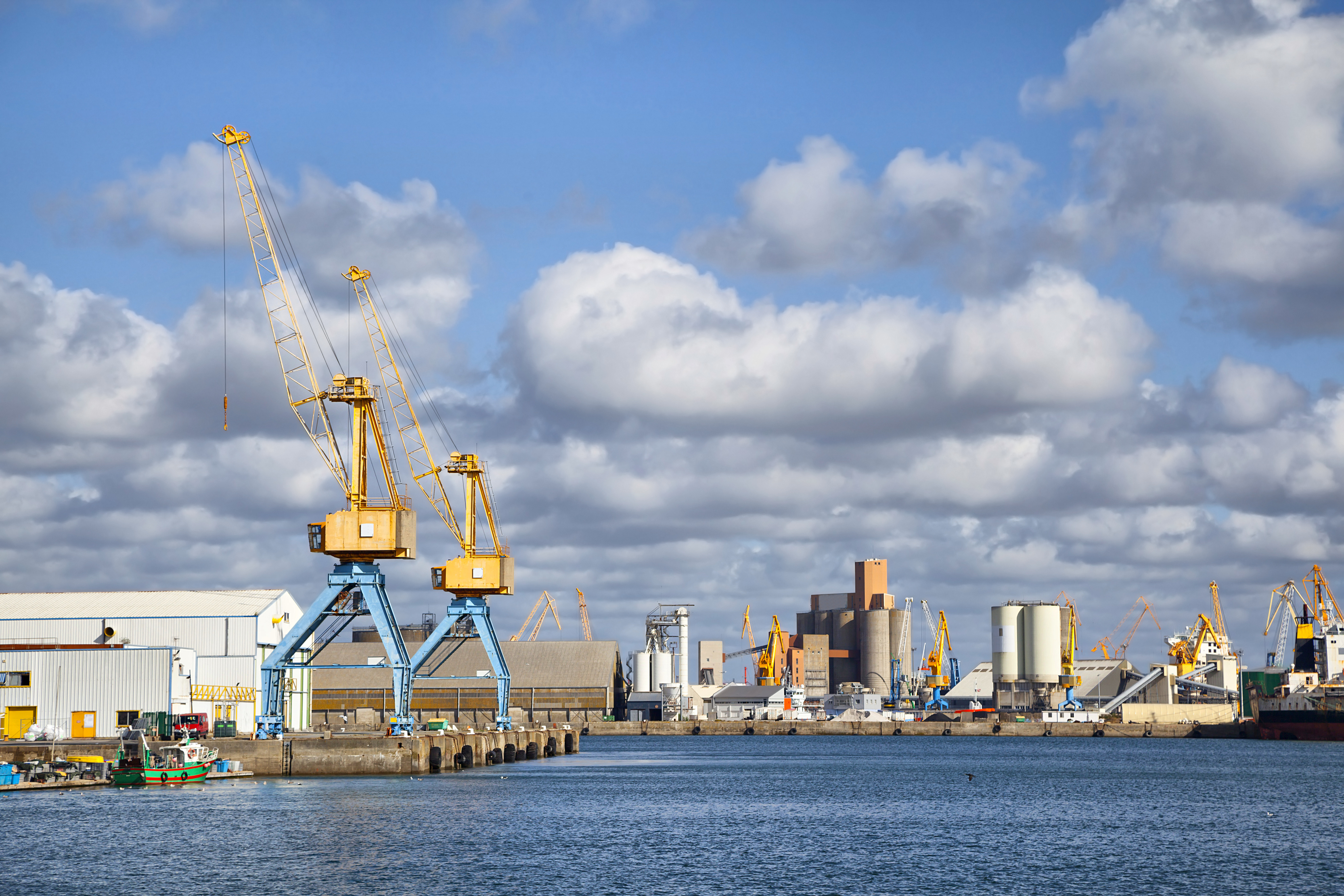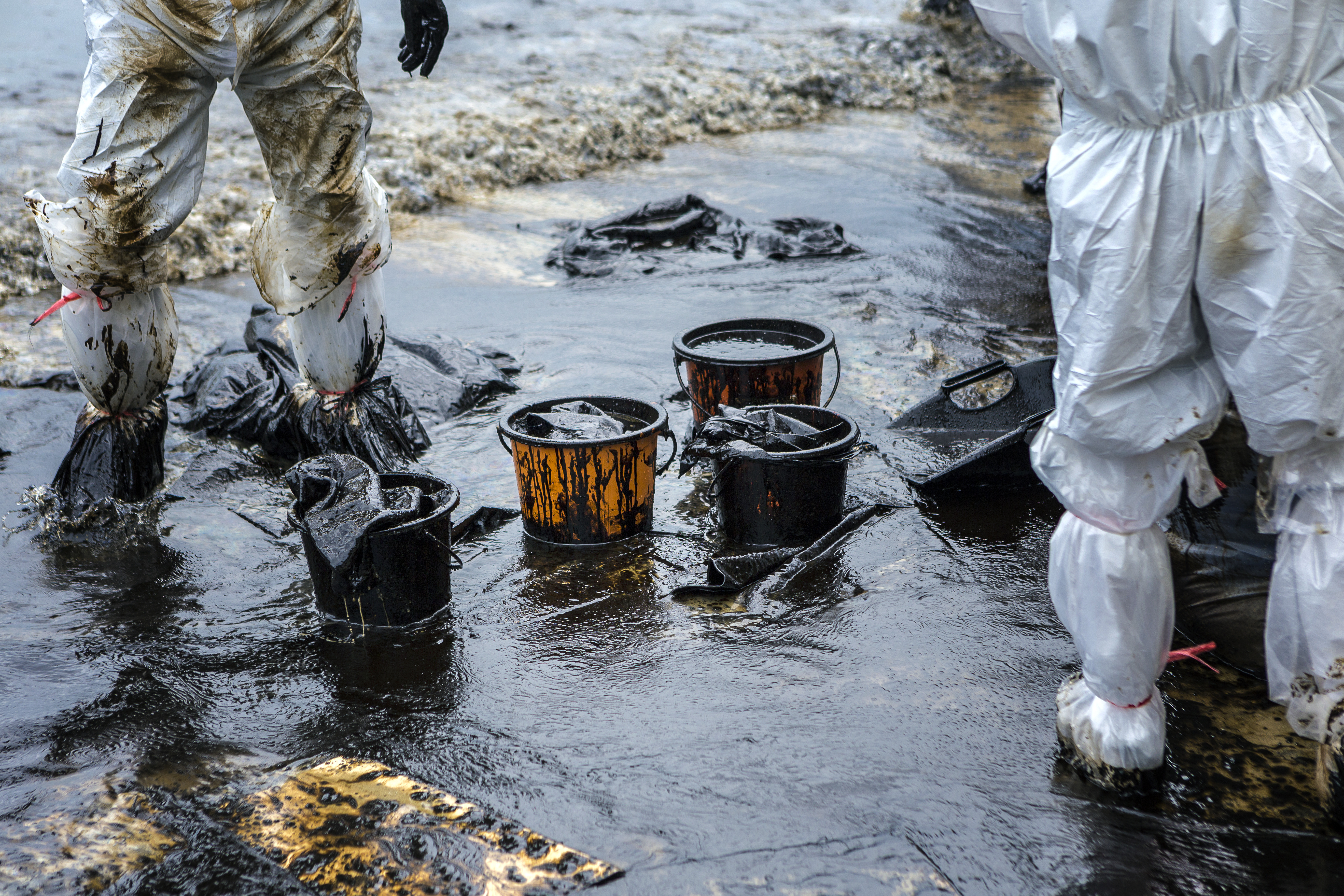Chemical contaminants are micropollutants, such as metals and organic molecules, which can have an effect on health in very small concentrations. They result from industrial or agricultural discharges conveyed by rivers, or from maritime transportation or harbour activities.
What are the health effects of chemical contaminants ?

The effects on health depend on the nature of the chemical compounds. Unless ingested in very high concentrations, the health effects do not manifest themselves as acutely as in cases of microbial poisoning or poisoning connected with marine biotoxins.
The toxic effects may occur in the long term, if shellfish contaminated in small doses are ingested regularly and over an extended period of time. They can include endocrine disruption, impaired fertility, impaired growth and can sometimes contribute to the development of cancer.
Chronic chemical contamination of natural shellfish beds is rare. The main cases are in the Seine and Gironde river mouths due to the proximity of polluting activities (ports and industry).
The contamination of shellfish by radionuclide may also be monitored for sanitary purposes. On the French coast, this type of monitoring is only carried out in the Manche region where nuclear activities are conducted in La Hague.
The chemical contamination of shellfish tends to be the result of accidental incidents. The most recent case in Brittany was the grounding of the TK Bremen cargo ship in December 2011. This incident led to hydrocarbon contamination in shellfish in the Ria d’Etel for several weeks.
How are chemical contaminants monitored in Brittany ?
The monitoring of chemical contaminants is coordinated by IFREMER through the Observation Network of Chemical Contamination in the Marine Environment (ROCCH).
The main aim of this network is to assess coastal chemical contamination levels and trends as well as general water quality parameters.
The most closely monitored chemical contaminants in marine environments are metals like mercury, lead and cadmium, and organic molecules such as polycyclic aromatic hydrocarbons (PAH), tributyltin (TBT) and polychlorinated biphenyls (PCB).
More about the IFREMER network of chemical monitoring .


